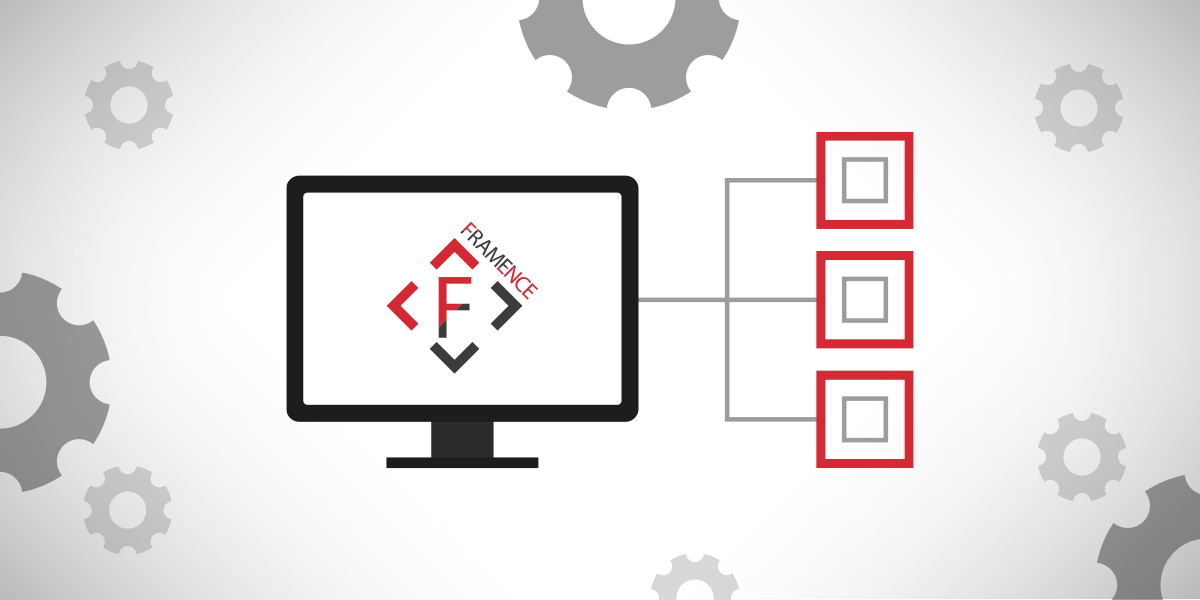Currently, there’s a number of different digital twin platforms that offer not only visualization but also offer to map various important company processes. These twins have, for example, their own asset documentation, their own reporting system, ticketing processes, warranty and contract management, or include sub-processes from maintenance.
However, most large companies already use extremely sophisticated systems for such processes, such as speedikon® C, SAP or others. These systems are tailored to the needs of each company, map very small-scale processes and can therefore not be easily replaced by a standard solution.
Twins that additionally map such processes duplicate them unnecessarily in their clouds, thus creating redundancies. Also, the data of these processes must be stored and updated both in the in-house system and in the twin itself. This makes for increased susceptibility to errors as well as extra work, which should of course be avoided.
Such an approach is also inadvisable from a security point of view: third-party systems that already map the processes of a company have sophisticated security guidelines that ensure data security as well as access security to the data of the respective processes. A digital twin, on the other hand, may have different security protocols than an established third-party system, which sometimes may also hold commercial or other critical data. If such data is stored in a digital twin, this can mean an increased security risk for the respective company. In the end, it cannot be guaranteed that all access rights are correctly assigned and that unauthorized persons can not access sensitive data.
The task of a digital twin is ultimately not to copy or reinvent such processes, but rather to map them on a central platform and enhance them with visuality.
This is precisely where our photorealistic digital twins come in. The data required for the various processes is not additionally stored in the twin, but merely reproduced in the photorealistic environment. Via so-called points of information (PoI), the data from the third-party systems are integrated in the twin and displayed in the virtual environment. For further processing, the user can jump to the existing third-party system via links, if necessary, and continue working there. The data that is updated in the third-party system is automatically exported to the twin, so that the twin always reflects the current status of a plant or an entire factory.
In cases where completely new processes are to be supported, it makes sense to have these processes mapped by a twin – using a third-party system is thus not necessary. However, if the process is already digitally mapped in a third-party system, it is much more cost effective to continue this process and dock the photorealistic twin onto the existing processes to complement them.
Would you also like to visualize your existing business processes in a photorealistic environment? Then contact us at 0049 6251 584 0 or send an email to info@framence.com to book a free consultation.








